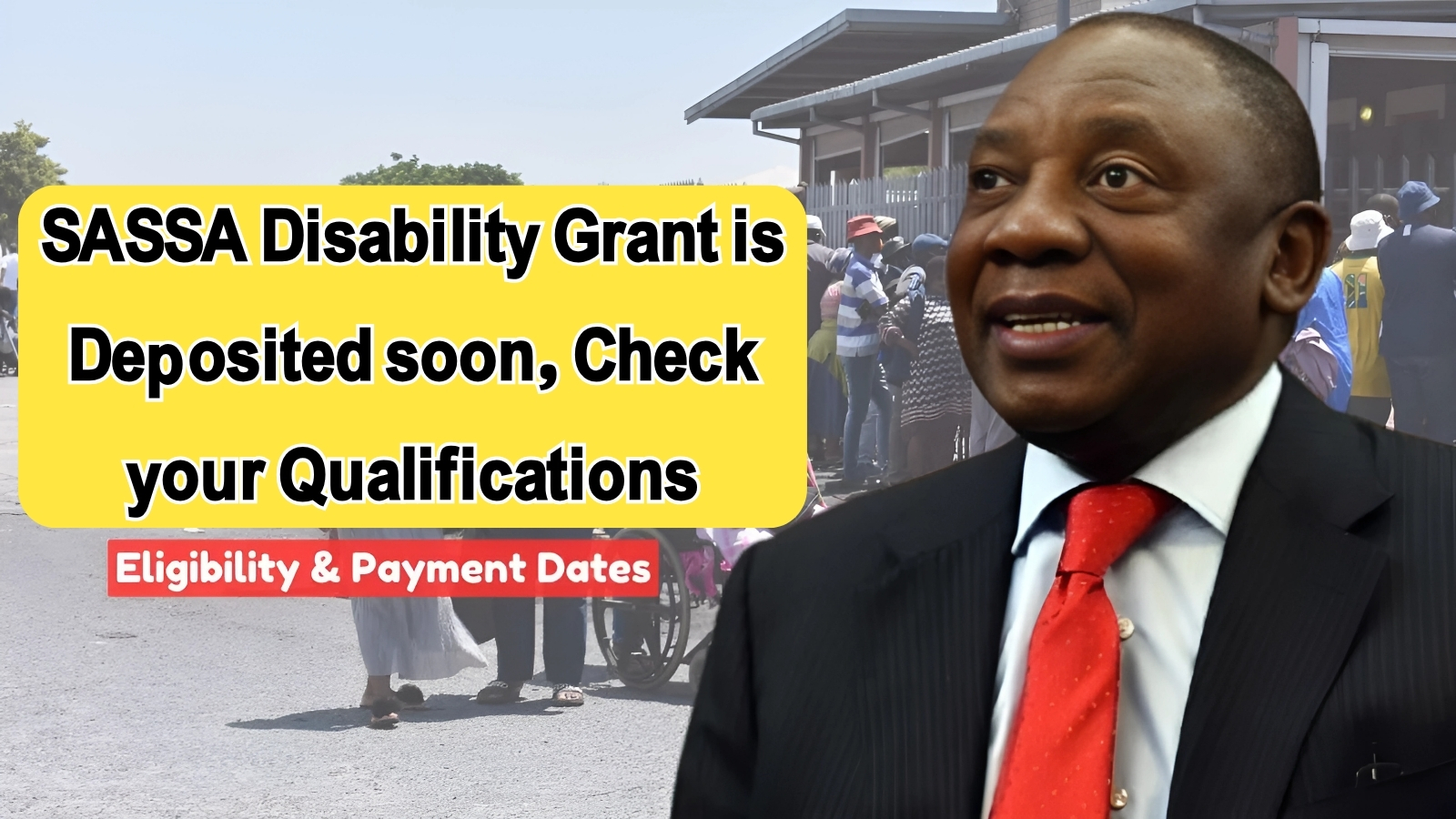Australia’s Age Pension system is undergoing significant changes throughout 2025, with multiple indexation increases and threshold adjustments designed to help retirees cope with rising living costs.
These changes affect over 2.6 million Australians who rely on the Age Pension for financial security, representing some of the most substantial reforms to the pension system in recent years.
Understanding Australia’s Age Pension System
The Australian Age Pension serves as the foundation of retirement income for millions of Australians, providing fortnightly payments to eligible retirees who meet age, residency, income, and asset requirements.
Administered by Services Australia through Centrelink, the pension system aims to ensure that older Australians can maintain a basic standard of living in retirement.
The Age Pension operates as a means-tested benefit, meaning payment amounts depend on individual circumstances including income from other sources, assets owned, and relationship status.
This targeting approach ensures that support goes to those who need it most while managing government expenditure on retirement benefits.
Regular indexation of pension rates occurs twice yearly, in March and September, based on movements in the Consumer Price Index (CPI), the Pensioner and Beneficiary Living Cost Index (PBLCI), and Male Total Average Weekly Earnings (MTAWE).
This indexation mechanism helps protect pensioner purchasing power against inflation and wage growth.
March 2025 Pension Rate Increases
From 20 March 2025 the maximum full Age Pension increases $4.60 per fortnight for a single person, and $7.00 combined ($3.50 per person) per fortnight for a couple.
These increases, while modest, represent important adjustments to help pensioners manage ongoing cost-of-living pressures.
The rates for a full Age Pension for Australians for the period 20 March 2025 to 19 September 2025 are listed below: Single: $1,149.00 per fortnight (approximately $29,874 per year) Couple (each): $866.10 per fortnight (approximately $22,519 per year) Couple (combined): $1,732.20 per fortnight (approximately $45,037 per year).
These figures include both the basic pension rate and supplementary payments such as the Pension Supplement and Energy Supplement.
The pension rates apply until the next scheduled review in September 2025, when further adjustments may occur based on updated economic indicators.
For pensioners on transitional rates, the increases are slightly different, reflecting the different calculation methods used for these legacy arrangements.
Transitional pension recipients continue to receive these rates if they provide a higher payment than would be available under current pension rules.
Income and Asset Test Adjustments
Alongside pension rate increases, the income and asset test thresholds that determine pension eligibility and payment amounts also receive regular adjustments.
Single pensioners can now earn up to $204/fortnight (up from $190) before their pension is reduced. Couples can earn $360/fortnight combined (up from $336).
The income test applies a taper rate of 50 cents reduction in pension payment for every dollar of income above the threshold.
This means that pensioners with modest employment or investment income can still receive partial pension payments, providing flexibility for those who choose to work in retirement or have small investment returns.
Asset test thresholds also receive periodic adjustments to reflect changing property values and cost of living.
These adjustments prevent pensioners from losing eligibility solely due to modest increases in asset values that don’t reflect real improvements in their financial position.
Deeming Rate Considerations
The current rates can be seen here. These rates are due for reassessment by 1 July 2025 and it is highly likely they will be increased for the first time in five years.
Deeming rates determine how much income Centrelink assumes pensioners earn from their financial investments, regardless of actual returns.
This freeze helps seniors qualify for a higher pension by lowering their deemed income. The extension of frozen deeming rates has provided significant benefits to pensioners during a period of low interest rates and volatile investment returns, allowing many to maintain higher pension payments than would otherwise be possible.
When deeming rates eventually increase, pensioners with substantial financial assets may see their pension payments reduce as their deemed income rises.
This change could particularly affect those with significant superannuation balances or other investments who currently receive partial pension payments.
Superannuation Guarantee Changes
From 1 July 2024, the Super Guarantee rate moved up to 11.5%. There will be a final increase of 0.5% on 1 July 2025 to 12%. There are no more legislated increases to the SG.
This change affects working Australians rather than current pensioners directly, but represents the completion of the superannuation guarantee increase program.
The superannuation guarantee increase helps ensure that future retirees will have larger superannuation balances, potentially reducing their reliance on the Age Pension.
However, this also means that some future retirees may not qualify for pension payments due to higher superannuation assets.
For current pensioners still working, the increased superannuation contributions provide additional retirement savings that may affect their pension eligibility in future years, depending on how these contributions impact their total asset holdings.
Impact on Different Pensioner Groups
Single pensioners often face greater financial challenges than couples due to their inability to share household costs, making pension increases particularly important for this group.
The indexation system recognizes this challenge by providing higher per-person rates for single pensioners compared to each member of a pensioner couple.
Couples benefit from economies of scale in household expenses but receive lower individual pension rates to reflect these shared costs.
The combined couple rate recognizes that two people living together typically have lower per-person expenses than two single people living separately.
Pensioners separated due to illness receive special consideration, with each partner eligible for the single pension rate rather than the lower couple rate.
This arrangement recognizes the additional costs associated with maintaining separate households due to health circumstances.
Commonwealth Seniors Health Card Updates
For retirees who don’t qualify for the Age Pension due to higher income or assets, the Commonwealth Seniors Health Card (CSHC) provides access to healthcare concessions and other benefits.
If you don’t qualify for the Age Pension due to higher income or assets, you might now be eligible for the Commonwealth Seniors Health Card (CSHC) thanks to raised thresholds.
The CSHC provides access to cheaper prescription medications through the Pharmaceutical Benefits Scheme, bulk billing incentives for GP visits, and various state and territory concessions.
These benefits can provide substantial value even for retirees who don’t receive pension payments.
Eligibility for the CSHC requires meeting age and residency requirements similar to the Age Pension, but with higher income thresholds that make it accessible to self-funded retirees with moderate incomes from superannuation or investments.
Regional and Special Circumstances
Some pensioners may be eligible for additional payments or supplements based on their location or circumstances.
Regional pensioners may qualify for additional allowances that recognize higher costs of living in remote areas or limited access to services.
Pensioners with special circumstances, such as those requiring significant care or facing unusual expenses, may be eligible for additional supplements or allowances that provide extra financial support beyond the basic pension rate.
The pension system also provides flexibility for pensioners who travel overseas, with specific rules governing how long pension payments can continue during temporary absences and what requirements must be met for ongoing eligibility.
Planning for Future Changes
The Age Pension rates will next potentially change on 20 September 2025.
The Australian Bureau of Statistics evaluates the extent of the increase based on changes in the Consumer Price Index (CPI), Male Total Average Weekly Earnings, and the Pensioner and Beneficiary Living Cost Index.
Pensioners should stay informed about upcoming changes and how they might affect individual circumstances.
The regular indexation schedule provides predictability, but the actual amounts depend on economic conditions and inflation trends that can vary significantly.
Financial planning for pensioners should consider both current pension entitlements and potential future changes, including the possibility of deeming rate increases and ongoing adjustments to income and asset test thresholds.
Accessing Support and Information
Services Australia provides comprehensive information and support for pensioners navigating the system and understanding their entitlements.
Online resources, including pension calculators and eligibility tools, help pensioners estimate their payments and plan for changes.
Local Centrelink offices and authorized representatives can provide personalized assistance for complex situations or when circumstances change.
Many pensioners benefit from professional advice when major life events affect their pension eligibility or payment amounts.
Community organizations and advocacy groups also provide support and information about pension entitlements, helping ensure that eligible Australians receive the support they need during retirement.
Looking Ahead
The Australian Age Pension system continues to evolve in response to demographic changes, economic conditions, and policy priorities.
The 2025 changes represent ongoing efforts to maintain adequate support for retirees while managing the fiscal sustainability of the pension system.
Future reforms may address challenges such as housing affordability for pensioners, the interaction between superannuation and pension systems, and the needs of an aging population with diverse retirement circumstances.
Pensioners and those approaching retirement should stay engaged with ongoing policy discussions and maintain awareness of how changes might affect their individual situations and long-term financial security.
Australia Pension Increase from June 2025
The 2025 Australian Age Pension increases provide important support for millions of retirees facing ongoing cost-of-living pressures.
While the increases may seem modest, they represent the government’s commitment to maintaining the purchasing power of pension payments and supporting older Australians’ financial security.
Understanding these changes and their implications helps pensioners make informed decisions about their finances and take advantage of all available support.
Regular reviews of pension entitlements and staying informed about system changes ensure that pensioners receive the maximum support available to them under the evolving pension system.














